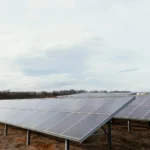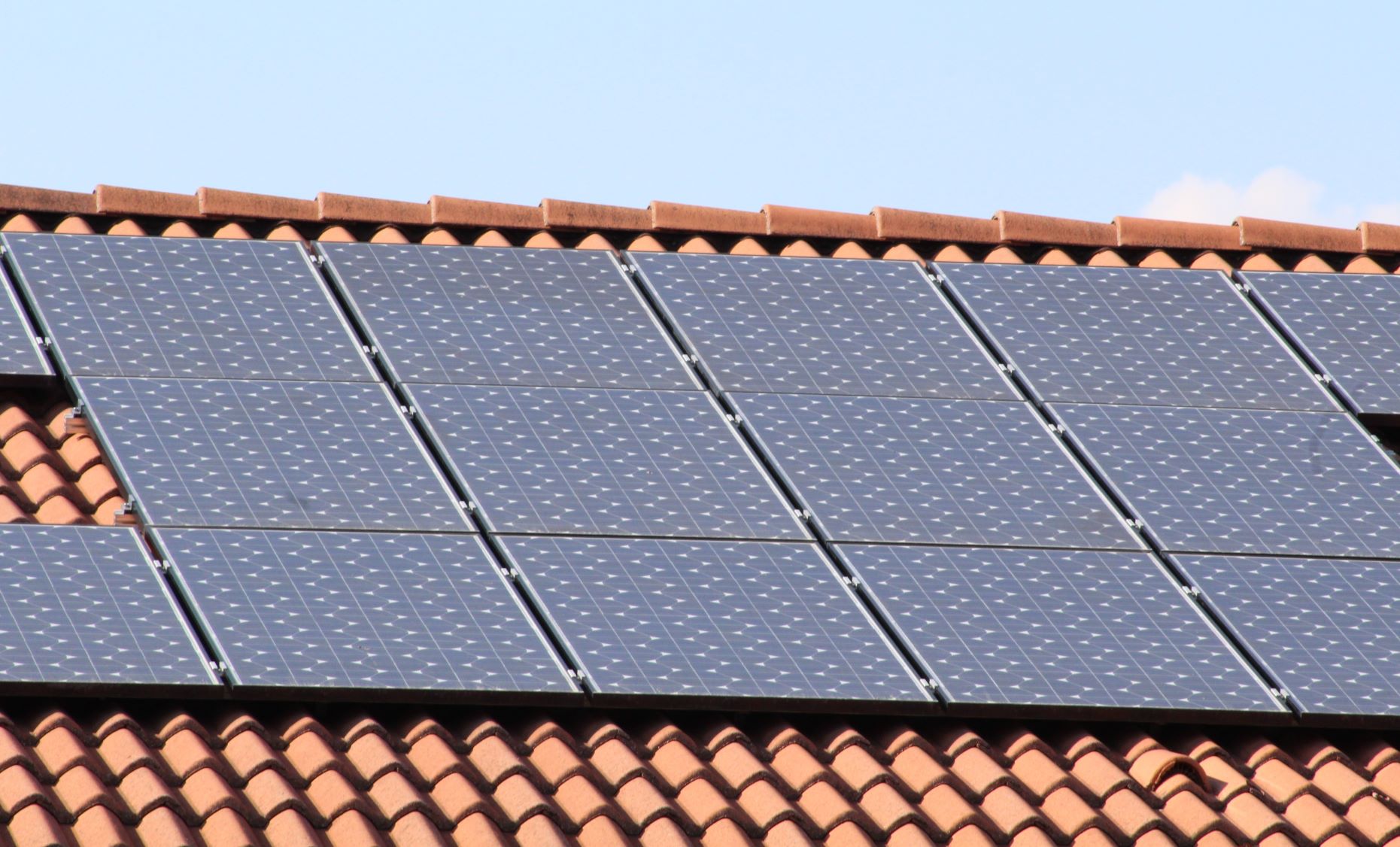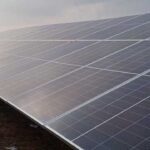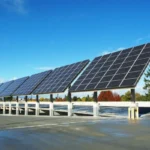Breakthrough in Solar Technology: 33.2% Efficient Perovskite-Silicon Cell
Breakthrough in Solar Technology: 33.2% Efficient Perovskite-Silicon Cell
Scientists at the King Abdullah University of Science and Technology (KAUST) claimed to have created a perovskite-silicon tandem solar cell with a record energy conversion efficiency of 33.2%.
The efficiency achieved at the KAUST Solar Center has been certified by the European Solar Test Installation (ESTI) and listed on the National Renewable Energy Laboratory’s (NREL) Best Research-cell Efficiency Chart.
Researchers combined perovskite top cells on industrially compatible, two-sided, textured silicon bottom cells to obtain the tandem solar cell.
They observed that the perovskite top layer absorbed blue light best, while the silicon foundation absorbed red light best.
The KASUT team has been working on how to uniformly cover the micrometer-sized pyramidal surface of silicon cells with perovskite material since 2016.
The scientists found that combining these materials increased the capture and conversion of sunlight into electricity more efficiently than the conventional single-junction silicon counterparts.
Professor of Material Science and Engineering and Interim Associate Director of the KAUST Solar Center Stefaan De Wolf said, “This new record is the highest power conversion efficiency of any two-junction solar cell under non-concentrated light, showing the great potential of perovskite/silicon tandems to deliver ultra-high performance photovoltaic modules, which is critical to quickly achieve renewable energy goals towards fighting climate change.”
The research is a major breakthrough in the field of solar energy at a time when market predictions estimate the tandem perovskite/silicon technologies will make up over $10 billion of the global photovoltaic market share by 2032.
The KAUST team is exploring scalable methods to produce industrial-scale perovskite/silicon tandem cells with areas exceeding 240 square centimeters.
The efficiency achieved by the KASUT team also surpassed the earlier record of 32.5% achieved by researchers at the Helmholtz-Zentrum Berlin for tandem solar cells.
Last month, Italy-based renewable energy company Enel Green Power, researchers at the National Solar Energy Institute, and the French Alternative Energies and Atomic Energy Commission claimed to have achieved a power conversion efficiency of 26.5% for a 2-terminal tandem perovskite solar cell.
Suggested Articles

100 kW Solar Power Plant Cost in Haryana: The Ultimate Guide to the Best Rate Per Watt
Explore the 100 kW solar power plant cost in Haryana for 2025. Learn about pricing, government subsidy options, and how much you can save with solar energy.

Solar Panel Installation on Tiled Roofs: Complete Homeowner Guide
When you’re ready to install solar panels on your home, there are many factors that will determine the unique design and cost of your solar system. Various roof types require different processes for installation. For example, lightweight tile roofs can present unique challenges and considerations for a solar installer. Here are a few things you need to know before adding solar energy to your tile roof.

Can Solar Systems Support Industrial Motors and Machines? A Complete Guide
Discover how using solar for heavy machines can power industrial equipment reliably and cost-effectively for greener operations.

What Is an Array Junction Box in Solar PV Modules? | Complete Guide
The Array Junction Box (AJB) is a critical component in solar PV systems, connecting multiple solar modules and ensuring safe flow of electricity to the inverter. This blog explains what an AJB is, its key features, types, and why it is essential for both residential and commercial solar installations. Understand how AJBs protect your system from overload, short circuits, and environmental factors while maintaining optimal performance.

Sir! Solar Mein Itna Chalta Hai!” When to Reject a Site: The Truth About Shadow Analysis
Discover the importance of solar site assessment and shadow analysis to optimize rooftop solar performance, prevent shading losses, and maximize energy generation.

Should You Switch to Solar in India? Complete Guide
India has become a hot-selling solar market and people are interested in installing solar systems in their homes as well as in industries and factories.

How Installers Cut Costs on Solar PV Module Mounting Structures
Solar PV mounting structures can significantly impact project cost. Explore how expert installers optimize design, materials, and labor to achieve safe, durable, and cost-effective solar installations

How to Maintain Solar Power System for Homes, Industries & Commercial Buildings
A solar power generating system converts sunlight into electricity for residential, industrial, and commercial use. This blog explains the components, working, and benefits of solar systems, helping you understand how to harness solar energy efficiently and sustainably.